A lot of places experience their coldest temperatures in January. States like South Dakota, Wisconsin, Vermont, and even Florida have their toughest weather during this month. Vermont’s average January low is a bone-chilling 8°F!
In this article, we’ll explore the best ways to keep your yard healthy, even in the cold. From aerating the soil to mulching dead leaves, there are plenty of things you can do to keep your lawn ready for spring. Keep reading to find the top yard care tips for the month of January.
1. Improving Soil Health with Aeration
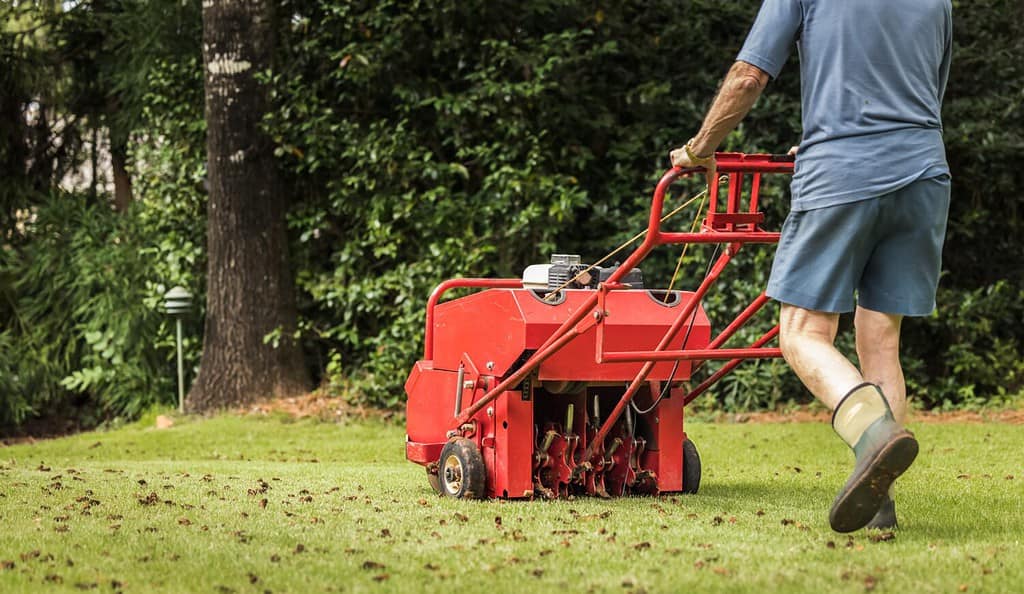
Aerating your soil makes it easier for water and air to feed plants.
©The Toidi/Shutterstock.com
Aeration is one of the top yard care tips to follow in January. Aerating helps the soil structure, making it easier for roots to soak up nutrients. The small holes you create in the soil allow air and water to get in. Plus, aeration also improves drainage and loosens tightly packed soil, which could prevent nutrient blockage.
2. Address Bare Spots Before Winter
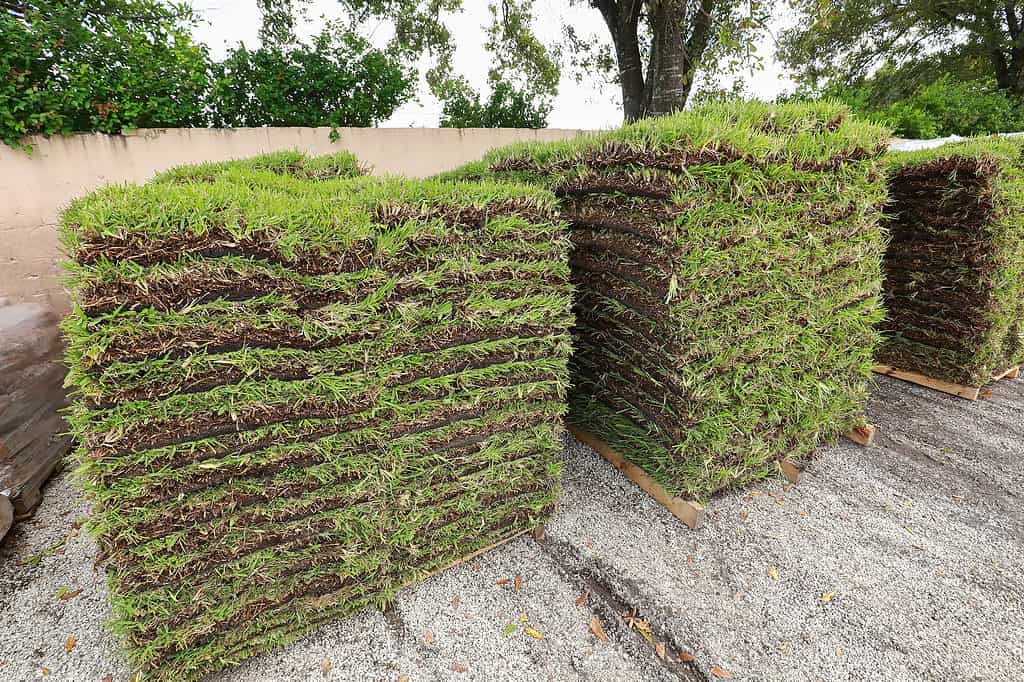
Use sod or plugs to cover bare spots in the yard before the winter season rolls in.
©Jillian Cain Photography/Shutterstock.com
Fix bare spots in your lawn before winter by using plugs, sod, or seeds, and and letting them grow in the cooler temperatures. Just seed the bare areas, water them consistently, and avoid walking on them until the roots take hold.
Did you want your lawn to stay green throughout the cold season? Then consider overseeding with an annual grass like ryegrass or Balin Kentucky bluegrass. These grasses do well in the cool weather. They also stop growing in summer, so you don’t have to worry about them taking over warm-season grasses.
3. Remember to Rake
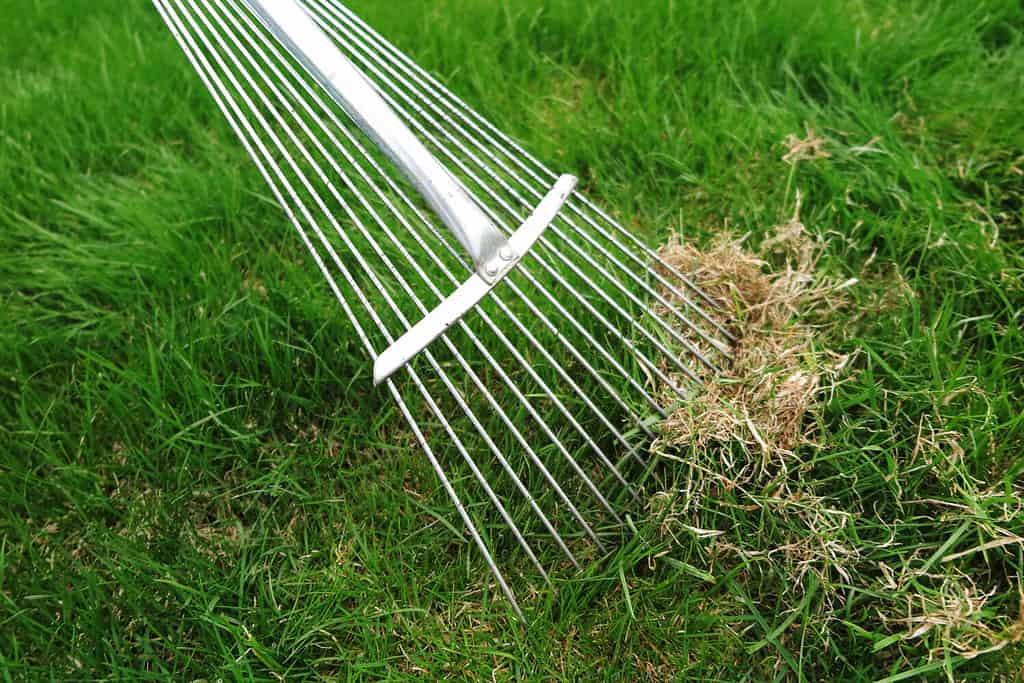
Rake your lawn year-round whenever possible.
©photowind/Shutterstock.com
Remember to rake, even as the temperature drops. Besides keeping your lawn in top shape, regular raking is one of the top yard care tips for getting things spring-ready. It helps prevent mold and fungus growth while enhancing overall air circulation and sunlight exposure for your entire yard.
4. Soil Test and Fertilization

Test your soil so you can find the perfect winter fertilizer.
©William Edge/Shutterstock.com
Another one of the most critical yard care tips in January is to fertilize your lawn. The right fertilizer will give your yard enough nutrients to withstand the stress of cold weather.
Do a soil test to determine your yard’s exact fertilizer needs. When in doubt, reach out to a professional lawn care service for advice.
Avoid Over-Fertilizing
Avoid over-fertilizing your lawn or using fertilizers with too much nitrogen. Excess nitrogen weakens the overall health of your grass and disrupts the natural balance in the soil. Plus, too much nitrogen can lead to thatch, a layer of dead grass that makes it tough for plants to grow.
5. Apply Pre-Emergent Herbicide

Use a pre-emergent herbicide to keep weeds under control.
©Worledit/ via Getty Images
Next, on our list of yard care tips, let’s talk about weed prevention. Control winter annual weeds like purple deadnettle, speedwell, and annual bluegrass, with a pre-emergent herbicide. Time the application before the weeds emerge from the ground.
6. Time Your Last Mow Wisely
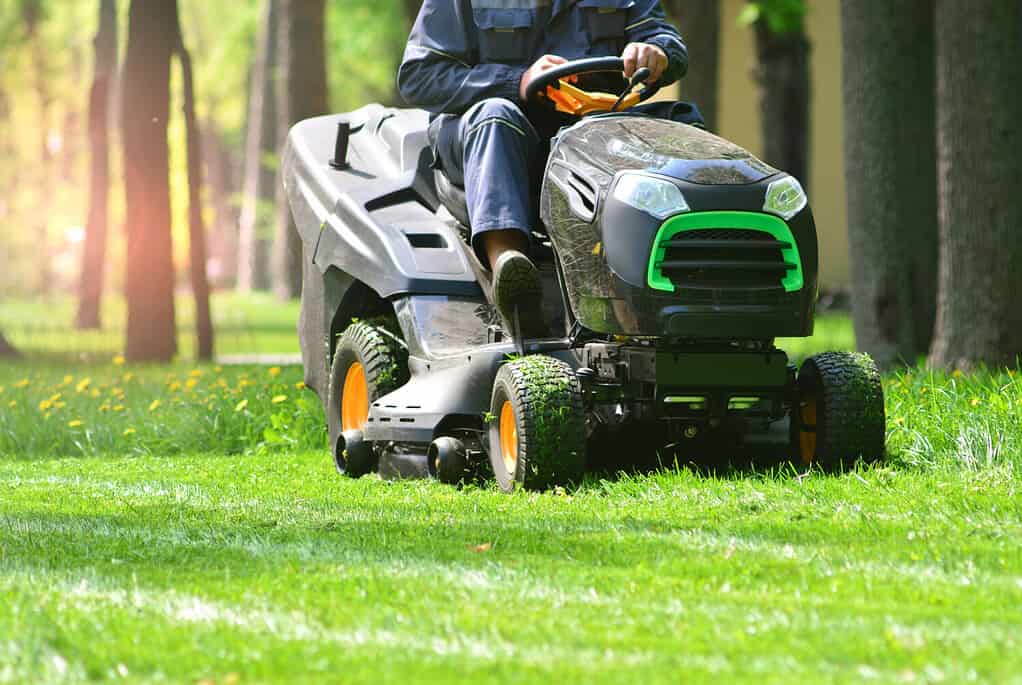
Plan your last mow around when the cool season grass stops growing.
©Varavin88/Shutterstock.com
When your cool-season grass stops growing, it’s time for the last mow. But before you start cutting, research your grass type to determine the safest mowing height.
Also, take your time. Never cut more than one-third of the grass height at once. Instead, gradually lower the mowing blades over several sessions to avoid harming the grass with a drastic final mow.
7. Keep Up With Weeding
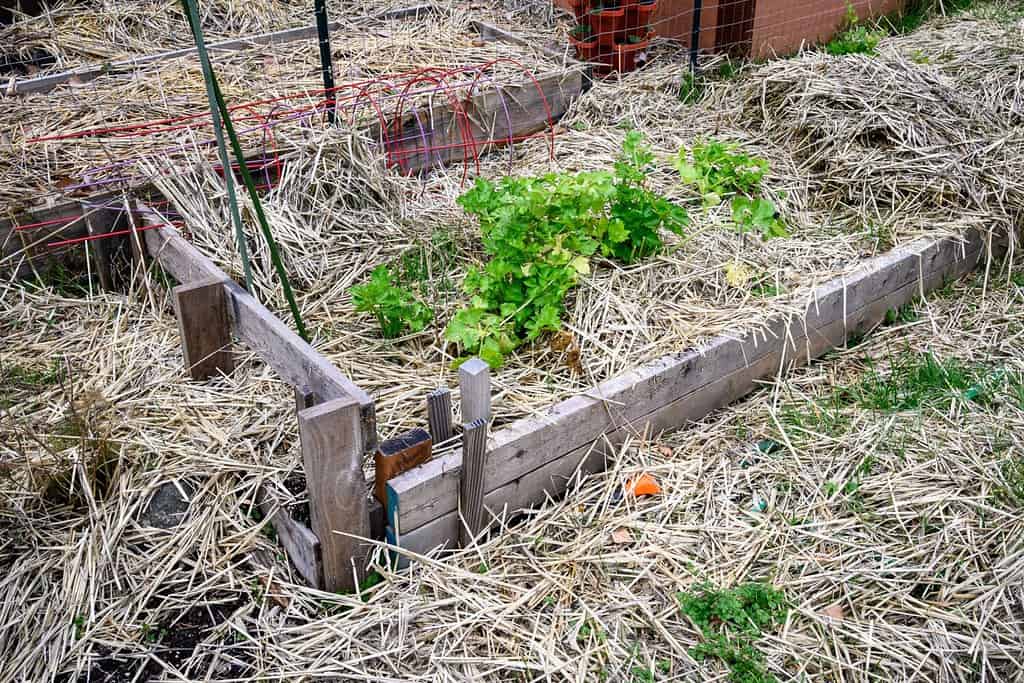
Continue weeding your flower beds throughout the cold season.
©knelson20/Shutterstock.com
Remember to keep up with weeding during the fall and winter. While some weeds may go dormant in the cold, their seeds are often ready to sprout in spring. Regularly pull out existing weeds manually and use pre-emergent herbicides to stop weed seed germination before they become a problem in spring.
8. Water Brown Yards
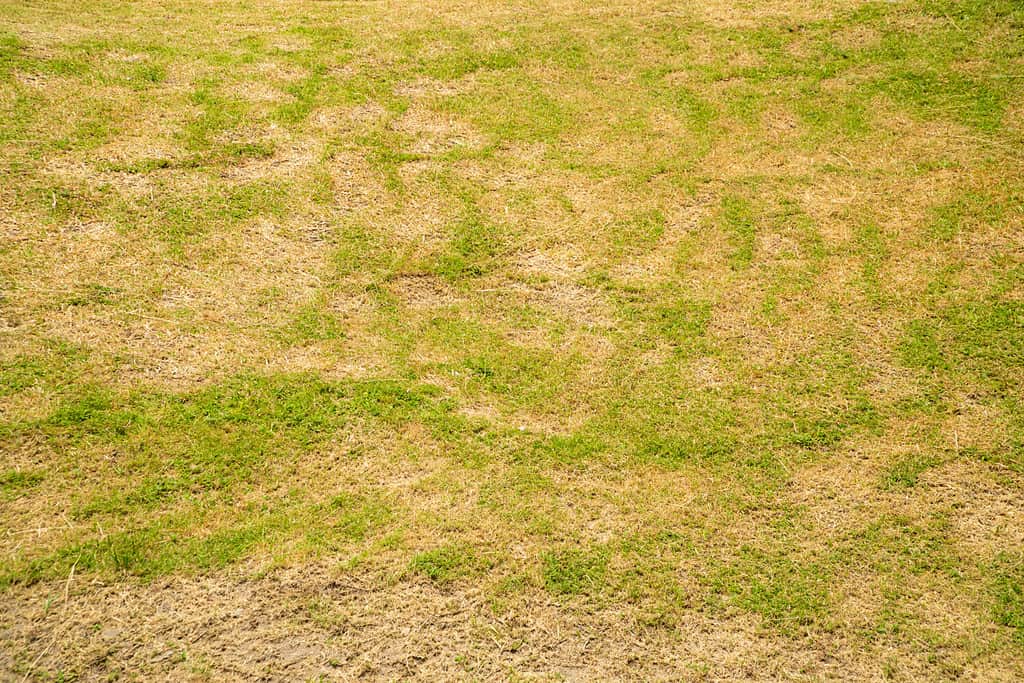
It’s normal for lawns to turn light and even dark brown during the winter season.
©SingjaiStocker/Shutterstock.com
In warmer climates, like Florida, it’s advisable to keep watering through the winter season. According to the University of Florida, even if a plant suffers a cold-related injury, water can still help.
The amount of water your yard needs depends on the plants you have and the exact climate in your area. When spring comes along, if the lawn doesn’t recover, get rid of any decaying vegetation. Then cover the bare spots with plugs or sod before any weeds start to sprout.
9. Mulch for Better Decomposition
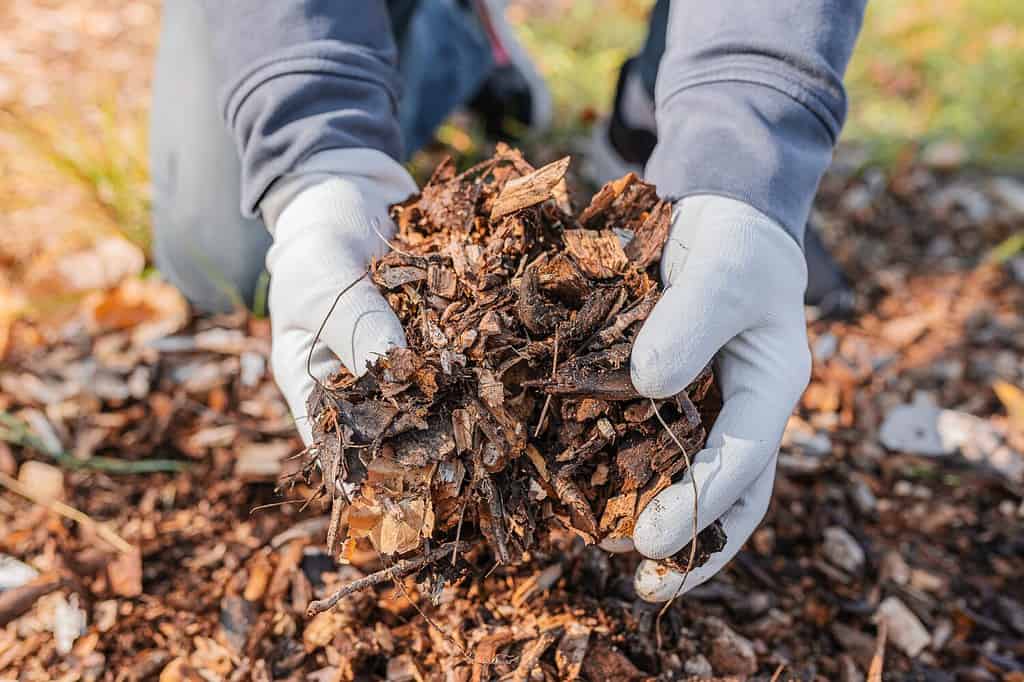
Instead of raking, consider mulching as a yard-healthy alternative.
©larisa Stefanjuk/Shutterstock.com
Instead of spending hours raking and bagging leaves, let a mulching mower run over them. Mulching mowers shred leaves into smaller pieces, helping speed up decomposition, which keeps your yard happy.
10. Avoid Heavy Foot Traffic on the Lawn
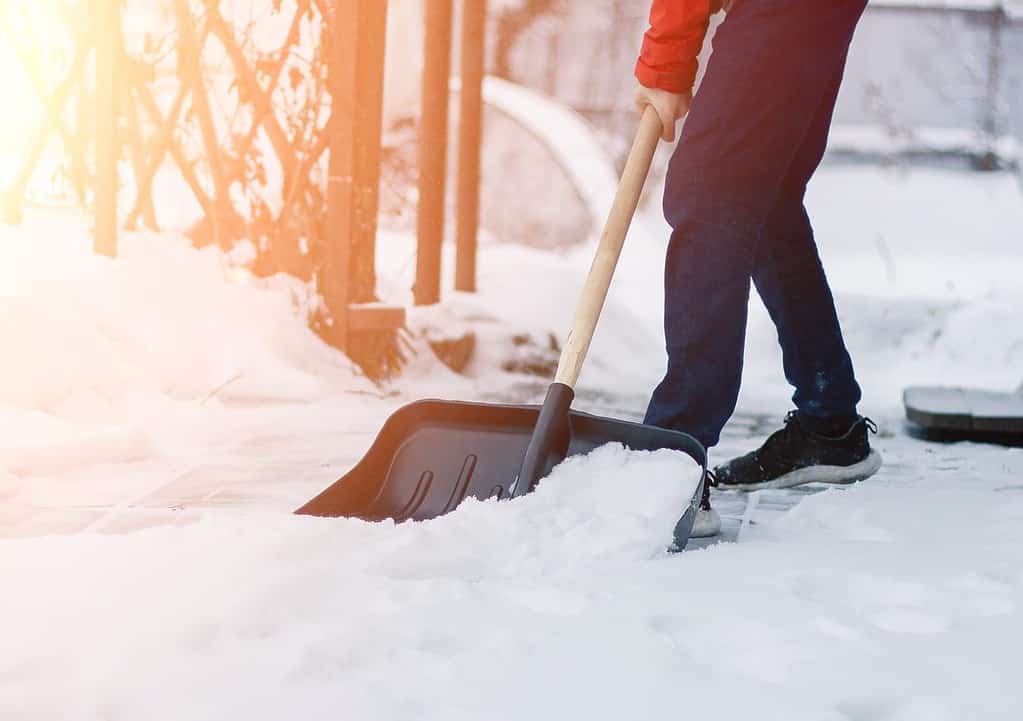
Create pathways to divert foot traffic from the lawn.
©Markik/Shutterstock.com
Avoid lawn damage during the winter by limiting foot traffic. Heavy foot traffic can compact the soil and damage grass blades, slowing down the spring recovery. Create designated pathways using stepping stones or pavers that people can follow.
11. Winterize Your Flower Beds
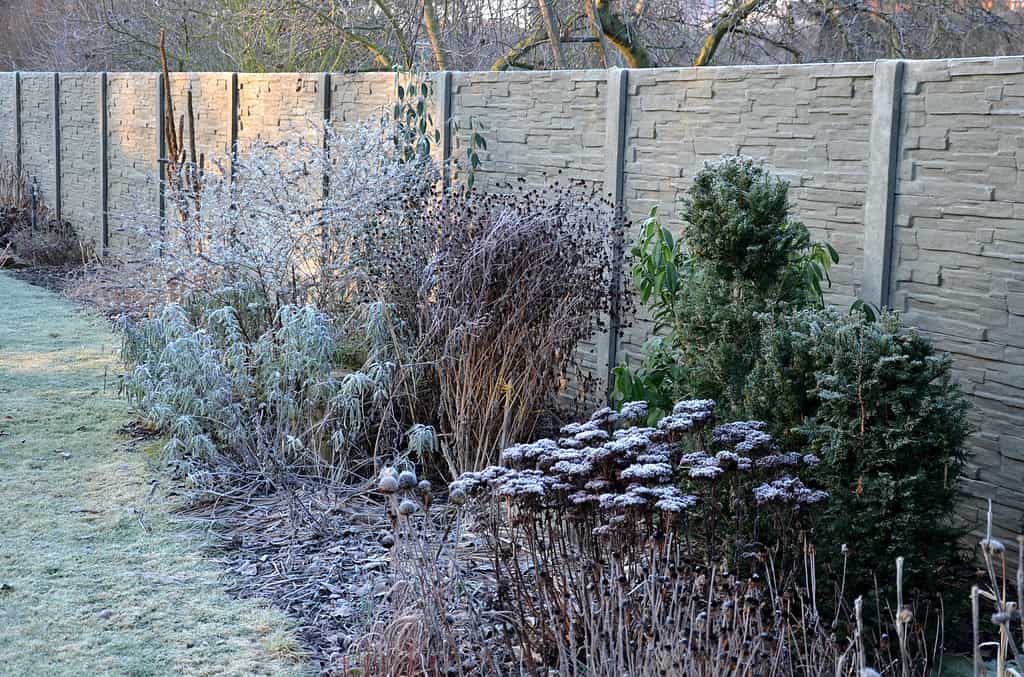
Remove old plants to prepare your flower bed for the cold weather.
©beekeepx/iStock via Getty Images
Get your flower beds ready for winter by removing old plants. Also, cover sensitive plants with fabric. To keep perennials safe from pests and diseases, make sure there’s enough space between plants, and watch out for early growth on warm days.
12. Dethatch to Prevent Mold
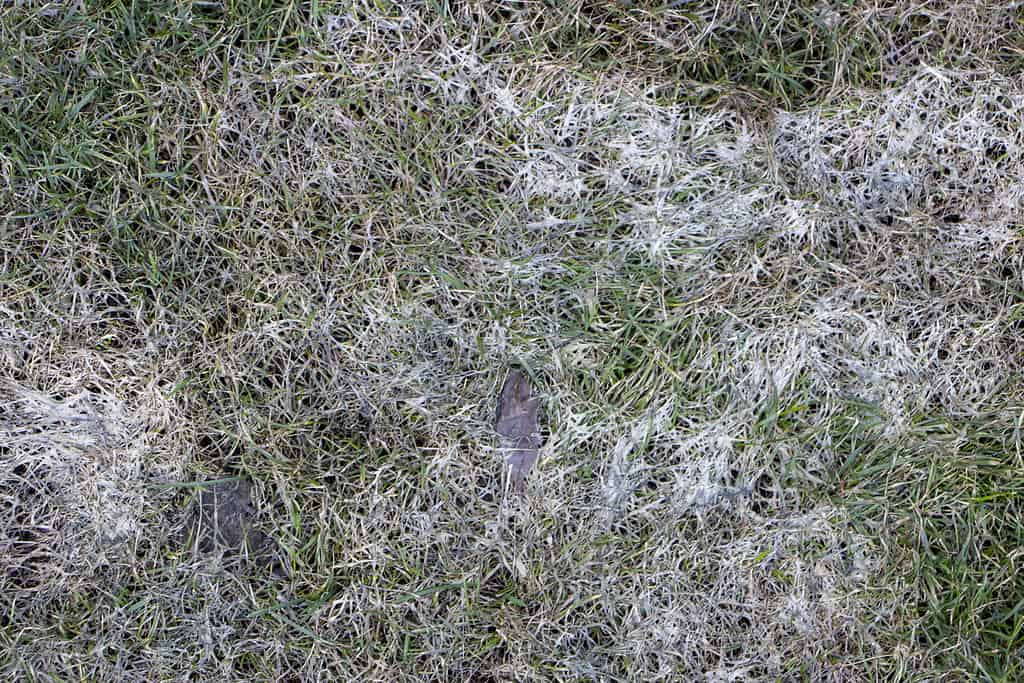
Mold can begin to grow on grass if you don’t effectively dethatch during the winter.
©MaYcaL/iStock via Getty Images
Thatch is a mix of dead and living plant parts like shoots, stems, and roots. It forms between green plants and the soil. When grass produces more organic waste than it can break down, thatch starts to build up.
Using a dethatching rake is a great way to eliminate thatch from your winter lawn. For the best results, mow your lawn to a shorter height before using the dethatching rake.
The photo featured at the top of this post is © Anita Schneider/iStock via Getty Images
Thank you for reading! Have some feedback for us? Contact the AZ Animals editorial team.







